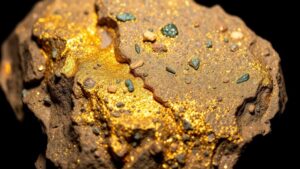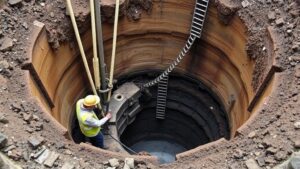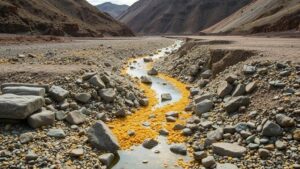Techniques for Extracting Gold From Slime Layers in Cyanide Residues
Techniques for Extracting Gold From Slime Layers in Cyanide Residues
The extraction of gold from slime layers in cyanide residues, often referred to as tailings, is a critical phase in the mining and metallurgical processes. As the demand for gold continues to rise, so does the need for efficient and sustainable methods for recovery. This article delves into the techniques employed in this specialized area of mineral processing, the challenges faced, and emerging technologies enhancing gold recovery rates.
Understanding Cyanide Residues
Cyanide leaching is a prevalent method for gold extraction, wherein cyanide solutions dissolve gold from the ore. residue that remains post-leaching, commonly known as cyanide tailings or slime, often contains significant amounts of unextracted gold. Such residues typically have low particle size, which poses challenges for further extraction.
Techniques for Gold Recovery from Slime Layers
Several techniques can be utilized for extracting gold from slime layers. The most commonly employed methods include:
- Gravity Separation: This method utilizes the differences in density between gold and other minerals. Equipment such as shaking tables and centrifuges can concentrate gold from slime layers effectively.
- Flotation: Flotation involves adding chemicals to the slime to selectively separate gold-bearing minerals based on their surface properties. It is particularly useful in processing ores with complex mineralogy.
- Leaching and Adsorption: After physical separation, the remaining material can undergo further leaching using cyanide solutions, followed by adsorption onto activated carbon or resin to recover gold.
- Bioleaching: This emerging method employs microorganisms to solubilize precious metals from tailings, presenting an environmentally friendly alternative to traditional methods.
Case Studies and Real-World Applications
Numerous mining operations have implemented these techniques with varying degrees of success. For example, the Kamoto Copper Company in the Democratic Republic of Congo has effectively used gravity concentration followed by flotation to recover gold from their tailings, increasing their overall recovery rates by approximately 20%.
Another noteworthy example is the use of bioleaching at the Gangaikondan mine in India, where indigenous bacteria successfully extracted more than 80% of the gold from cyanide residues, significantly reducing environmental impact.
Challenges in Gold Recovery from Cyanide Residues
While techniques exist for gold extraction, several challenges persist:
- Environmental Concerns: The use of cyanide poses environmental risks, including potential poisoning of water sources. Regulations around cyanide usage have tightened in many countries, necessitating safer alternatives.
- Chemical Management: Managing the chemistry of slime layers, including the presence of competing ions, requires expertise and can complicate recovery efforts.
- Economic Viability: The costs associated with advanced recovery techniques must be balanced against the potential yield, which can affect overall project feasibility.
Emerging Technologies in Gold Extraction
Technological advancements have introduced innovative methodologies for enhancing gold recovery rates from cyanide residues:
- Microbial Fuel Cells: Researchers are exploring the use of microbial fuel cells to recover precious metals while generating renewable energy from the waste products of gold extraction.
- Nanotechnology: Nanomaterials investigated for their ability to enhance adsorption and recovery efficiencies during the leaching process.
Actionable Takeaways
For mining companies and extractors looking to optimize their gold recovery from cyanide residues, consider the following actionable steps:
- Evaluate the feasibility of implementing advanced techniques such as flotation or bioleaching based on specific mining conditions.
- Commit to research and development of new technologies that are environmentally sustainable and economically viable.
- Stay informed about regulatory changes regarding cyanide use and adhere to best practices in chemical management to minimize risks.
To wrap up, the extraction of gold from slime layers in cyanide residues is an evolving field requiring a balance of efficiency, safety, and sustainability. By employing appropriate techniques and embracing new technologies, operators can enhance recovery rates while mitigating environmental impacts.


